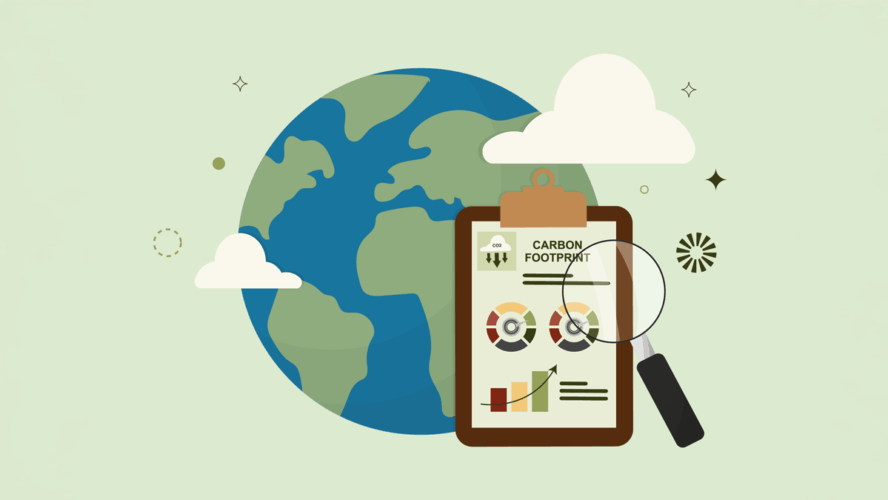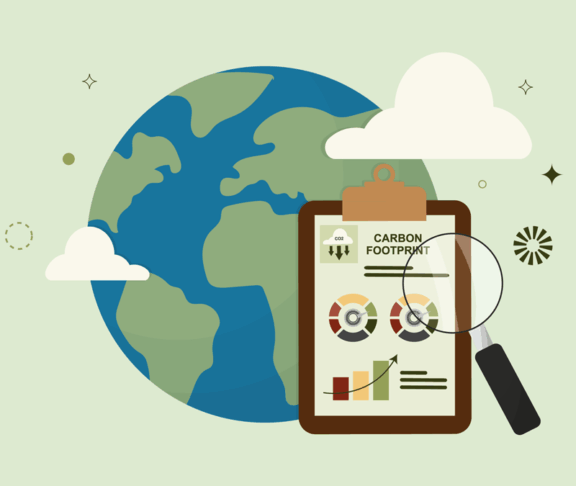
Dr Matt Kennedy
Global Head of Client Transformation, IDA Ireland
Achieving our climate objectives requires closing our emissions gap and limiting overall emissions. Transformation presents technical, economic and logistical challenges.
As we work to enhance energy reliability, affordability and security, we must simultaneously accelerate the deployment of clean energy. These challenges have the potential to create significant economic opportunities, both through strengthening supply chains and increasing industrial energy demand.
Targeted actions to support climate targets
Success will require significant collaboration between industry and state enterprises to meet sustainability goals, reduce carbon emissions and grow new sustainable energy industries and technologies.
There are several key areas where targeted actions can support our climate targets and our National Climate Action Plan. Below, three are highlighted.
- Attracting and supporting FDI investment
As the broader economy transitions, developing our offshore wind sector will be vital for increasing the share of sustainable energy in the electricity grid and enabling growth. Advancing this sector has potential to transform Ireland’s ability to attract foreign direct investment (FDI) and support existing FDI investments.
Additionally, it can bolster Ireland’s reputation as a global and strategic hub for services, while strengthening international connectivity and next generation digital capabilities.
Success will require significant
collaboration between industry and
state enterprises to meet sustainability goals.
2. Establishing a policy framework
Recent extreme weather events have underscored the importance of energy resilience at local and regional levels. Improving resilience can help businesses increase their asset value and reduce operational risks.
Establishing a policy framework to regulate private wires will enhance the security of clean energy supplies and promote self-sufficiency — crucial for businesses competing in a net-zero economy. This is one approach to alleviating grid constraints by enabling local generation and consumption, which is vital for industry and regional development.
3. Strategy emphasising digitalisation and sustainability
IDA Ireland’s ‘Adapt Intelligently’ strategy emphasises the interconnectedness of digitalisation and sustainability, aiming to make Ireland a hub for green and digitally enabled enterprises.
Such an approach, coupled with grid infrastructure investment, will facilitate the integration, stability, flexibility and reliability of our electricity supply. It will also foster innovation in energy services and infrastructure to attract new investment types and create new economic opportunities in the green economy and engineering sectors.
Incorporating clean energy supply and demand
The challenge of the energy transition lies in balancing ambition with practicality, achieving societal decarbonisation while inspiringbusiness transformation. We need to shift the narrative from focusing solely on energy consumption to emphasising energy generation and distribution.
An effective strategy should incorporate both supply-side and demand-side initiatives, enabling us to build resilience and work towards a prosperous, inclusive and sustainable future.

